The short answer from an orthopaedic surgeon
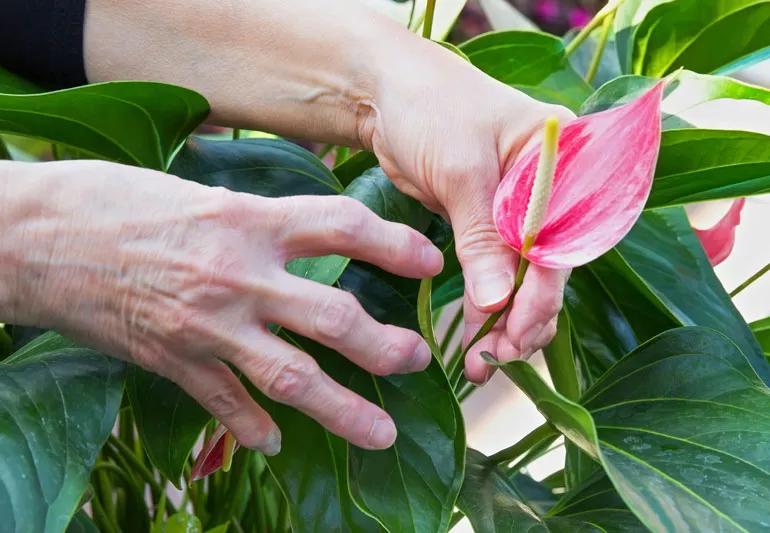
Q: I have osteoarthritis in my hands and I’ve developed hard bumps near the tips of some of my fingers. They make my hands look deformed, and sometimes they’re painful. Can I do anything about these?
Advertisement
Cleveland Clinic is a non-profit academic medical center. Advertising on our site helps support our mission. We do not endorse non-Cleveland Clinic products or services. Policy
A: The bumps near your fingertips are called Heberden’s nodes. When they occur at the joint in the middle of the finger they’re called Bouchard’s nodes. In both cases, they are a sign of osteoarthritis. Of the several joints in the hand, the ones near the tips of the fingers (excluding the thumbs) are common sites of osteoarthritis. The middle joint of the fingers can also be affected. With the thumb, it’s the joint at the base that’s most susceptible.
Osteoarthritis occurs when cartilage (the tough tissue that covers the ends of bones in joints) deteriorates. When it’s functioning normally, cartilage creates a smooth gliding surface for movement and cushions joints. As cartilage wears down, the altered surfaces no longer move smoothly against each other. Bone can rub against bone, causing friction and irritation. The area may become inflamed, painful and stiff. Damage from wear and tear and friction can cause bony overgrowths, known as osteophytes (aka bone spurs), to form along the margins of the joint. In the finger joints, these bone growths may form visible bumps, which are the Heberden’s or Bouchard’s nodes.
Initially, they can be painful, red and swollen. They may interfere with your ability to bend and straighten your fingers. The pain eventually diminishes, but the bony protrusion is permanent. The pain can be treated with rest, splints, heat or ice, physical therapy and pain medications, such as nonsteroidal anti-inflammatory drugs (NSAIDs). Surgery is sometimes done to remove the nodes, or replace or fuse the affected joint. However, this is rare and usually a last resort.
Advertisement
― Orthopaedic surgeon Steven Maschke, MD
Advertisement
Learn more about our editorial process.
Advertisement
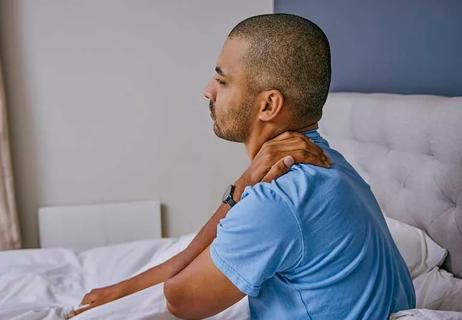
Some creakiness is typical after rest, but longer-lasting stiffness may be other issues
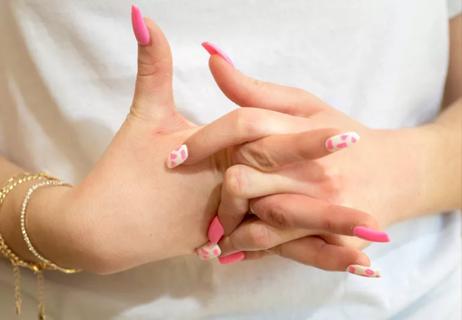
As long as it’s done correctly, knuckle cracking is safe
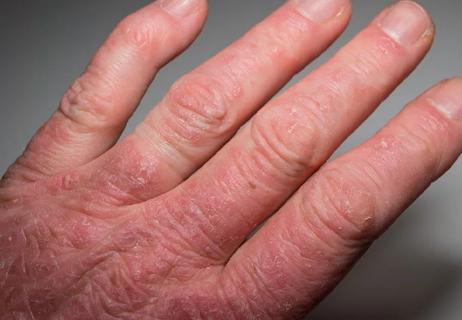
What’s the difference between these types of inflammatory arthritis?
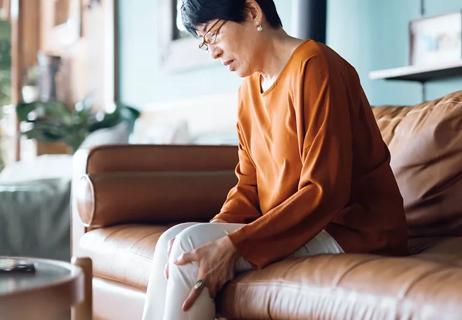
What’s the difference between these types of arthritis?
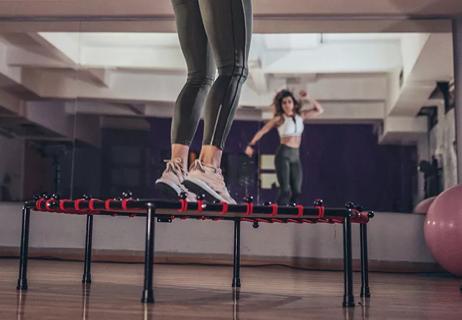
It turns out that jumping around is as healthy as it is fun
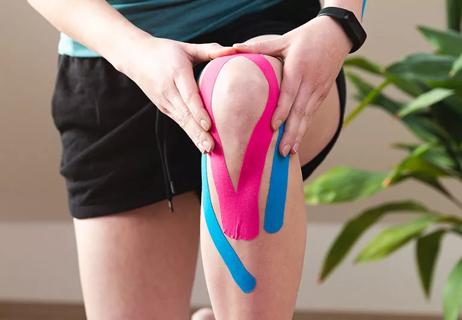
An expert explains the potential benefits
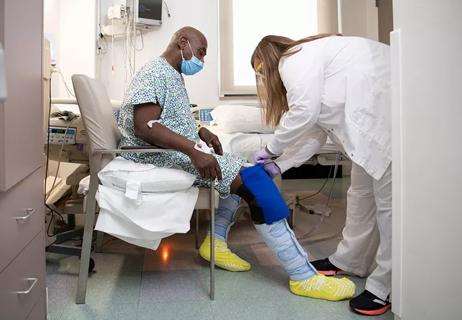
Plus, tips on how to recover

Type 2 diabetes isn’t inevitable with these dietary changes

Applying a hot or cold compress can help with pain